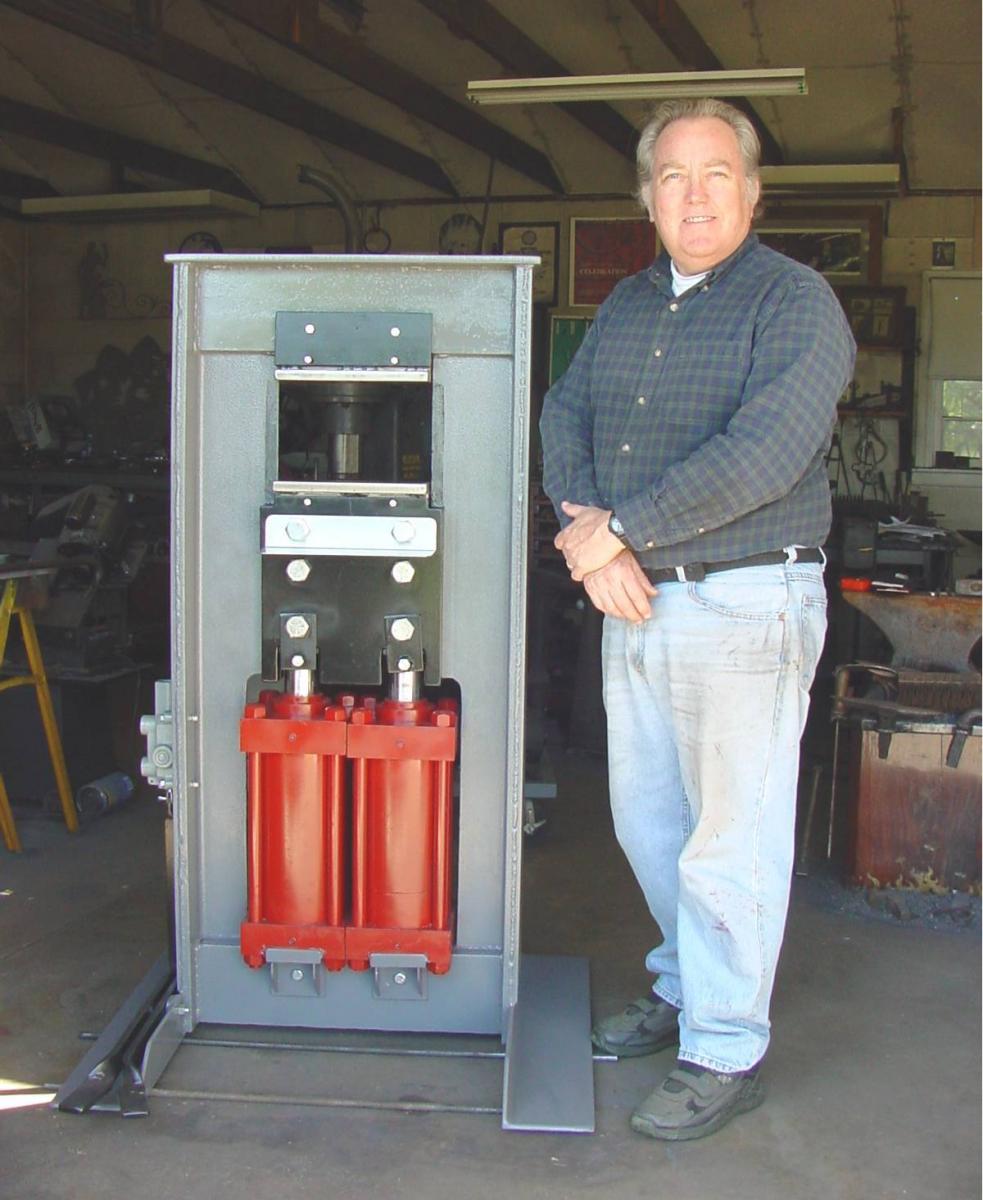

This book covers the history, the how to, and especially the versatility of the hydraulic forging press for the blacksmith and the knife maker. He loves how the power of his sixty ton press pushes hot metal as if it were clay in his hands. Randy now creates all of his own tooling and dies which he uses to produce a line of unique items. Seven years ago his exploration of hot metal evolved and he began specializing in work done with the hydraulic forging press. This has been a passion that continually grows. Over forty years ago a spark ignited Randy McDaniel's passion for forging hot metal. This relatively small machine, which is often hand made, allows smiths to do many of the same operations as a power hammer while adding more control and expanding what one can do with hot metal. You might consider this as an option.The hydraulic forging press is becoming increasingly important to the any blacksmith shop. I made a ton of PW steel on my 25 pound Little Giant before I bought the press. It's something I would never consider doing, and I like to think of myself as being very handy with tools and capable of building almost anything.

Geoff is quite right about the dangers of making a press yourself. That being said, a decent power hammer or trip/treadle hammer can go a long way to help making Damascus, and is generally about half the cost of a decent hydraulic press. The examples he gave also included multiple smiths working together.

He was right of course, but the methods are very labor intensive. I was once publicly scolded by Rick Furrer for suggesting that some patterns like feather or W cannot be made without a press. It is clearly evident that much pattern welded steel was made throughout the ages without benefit of the press or any modern mechanical contraption such as a power hammer, and very elaborate and beautiful patterns at that. Hey guys, I have learned that its very hard to make Damascus without a press.ĭifficult yes, very difficult, I'm not sure.


 0 kommentar(er)
0 kommentar(er)
